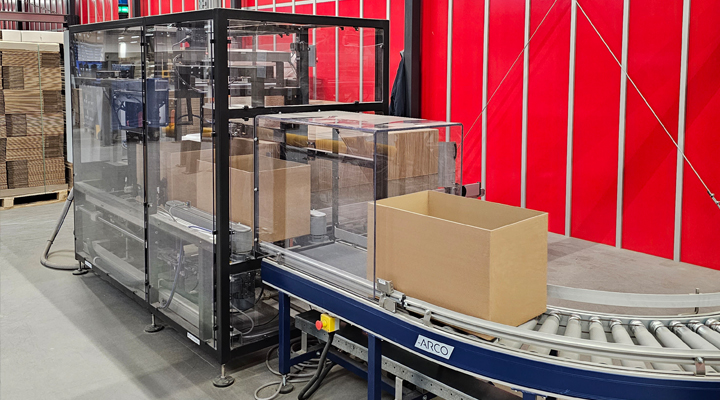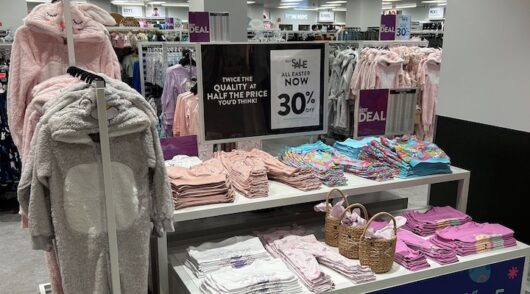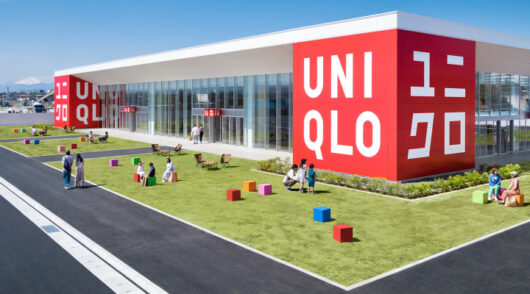When apparel brand Helly Hansen was looking to increase the efficiency of its distribution centre packaging processes and reduce its environmental footprint, the company turned to Ranpak, a global name in environmentally sustainable, paper-based packaging solutions for e-commerce and industrial supply chains.
Helly Hansen is a world leader in specialist skiing, sailing, outdoor clothing and workwear – and as such has a loyal customer base to whom environmental and sustainability concerns are never far from the top of mind.
A common challenge in e-commerce and warehouse-to-store fulfilment is controlling the volume of wasted space in shipments. The practice of sending small items in standard-sized boxes big enough to contain significantly more products not only frustrates consumers with sustainability sensitivities – it leads to substantial inefficiencies in the supply chain because a box shipped half full takes up the same amount of space as a full one.
“In the past, Helly Hansen was shipping air,” Hans Heijdeman, operations manager at Helly Hansen’s European distribution centre, told Inside Retail. “Not all the cartons were fully filled.”
Installing Ranpak’s Form’it! and Cut’it! EVO automated in-line packaging solutions have made a huge amount of difference, Heijdeman explained. The EOL (End of Line) solution uses Form’it! to erect the box prior to filling, and the Cut’it! EVO automated packaging optimises the packed box height to minimise voids in parcels before shipping. It automatically shortens cartons to match their highest point of filling and then secures the lid using eco-friendly hot-melt glue adhesive.
Not only does this solution save space during transportation, but it also minimises the need to fill voids, which shippers often traditionally rely on air-filled plastic pouches, foam chips or shredded cardboard to fill.
“Before the installation, every pallet could handle a maximum of 20 shipping cartons. Now the average pallet contains 35 shipping cartons, which means fewer pallets which equals fewer trucks on the road,” explained Heijdeman.
The greatest efficiencies from Ranpak’s solution occur during the offpeak season. Heijdeman shared that during the peak winter season – or the launch of the new seasonal range – Helly Hansen routinely ships large 600x400x400mm boxes of clothes to retailers across Europe, which are usually full. However, offpeak, or when individual stores lodge small replenishment orders of specific designs, sizes or colours, the company was previously using oversized boxes.
“Such complexity is why it was important for Helly Hansen to have a flexible machine that handles large boxes as well as smaller orders during replenishment.”
Helly Hansen’s switch to Ranpak’s automation solutions also saw significant improvement in operational efficiency at the EOL. A manual process heavily reliant on manual labour at picking, packaging and shipping stations became a highly automated procedure, freeing staff to work in other departments and requiring fewer short-term workers at peak seasons.
“It was like going from the Stone Ages to 2023,” Heijdeman said.
Ranpak’s automated solution helped the company nearly triple its hourly output of ready-to-ship boxes.
“We moved from a manual pick-and-pack operation where we were preparing and shipping 300 to 400 boxes per hour to a fully automated system that can handle up to 900 boxes per hour over a 16-hour day. Warehouse productivity per person has increased almost 3.6 times per hour.
“And the implementation project for our new system took place during a season of record sales (over three weeks in January this year), which was quite an achievement.”
In fact, after just two days of installation, Ranpak’s machines were ready to handle test runs after which the company began training Helly Hansen’s operators and maintenance team ahead of final acceptance test procedures. For a further week, a Ranpak technician stayed onsite to give assistance and technical training as required, ensuring a smooth transition.
An additional benefit to Helly Hansen of moving to Ranpak’s solutions was the reduction in instances of theft between its warehouse and retail stores.
Because the previous packaging process sealed the boxes with tape, it was too easy for bad actors along the supply chain to cut the tape and pull items out of the box, replacing the cut tape with transparent tape so the tampering was hard to detect.
“Plus, when you are receiving 15 boxes or a pallet, no one really looks at the bottom of the boxes. Now, with Cut’it! EVO, glued tamper-evident tops are put on the boxes and no tape is used. So we have cut the theft problem down to almost nothing.”
Helly Hansen has about 1750 employees across all its locations, with about 50 full-time and up to 60 temporary warehouse employees. With quality labour in The Netherlands expensive and often difficult to find, Helly Hansen expects a return on its investment in Ranpak’s machinery of between two and two-and-a-half years.






